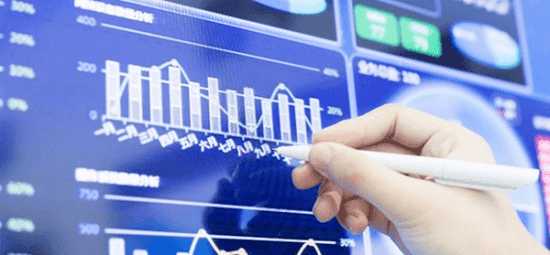Forex - foreign exchange market, where buyers and sellers conduct foreign exchange transactions.
Broker - an organization that provides lending and support traders.
Bulls - traders who count on the rise in the exchange rate.
Bull market - a market with a tendency to appreciate in value.
Exchange rates - is of two kinds:
direct quotation - the number of currency units per U.S. $ 1 (U.S. is ahead of the currency pair).
reciprocal rate - the number of units of currency per 1 euro, British pound and Swiss franc (Euro, British pound and Swiss franc currency pair is ahead).
Base currency - currency, standing in the currency pair first.
Currency quotes (quote currency) - in each currency pair is written on the right (second).
Exchange rate - the price of the currency of one country expressed in the currency of another country.
Currency pair - text entry currency quote.
The upward trend - when every once in a wave reaches higher than the previous value of the course. Low points of waves connected by a straight line - trend line.
Intraday trading (intraday) - Trade with orientation to profit in one day.
Deposit - money deposited into an account for further operations.
Diversification - a strategy designed to reduce risk by spreading investments among different currency pairs. Unfavorable development of the situation in one of the currency pairs can be skormpensirovano successful deals in another currency pair.
Dealing - cashless trade exchange.
Dealing center - company that provides access to the foreign exchange market through the pooling of client requests to open positions.
Channel - a certain corridor currency fluctuations.
Leverage - the rate of the loan provided by the trader to the broker.
Cross-rate - the rate that expresses the ratio of the two rates, none of which is the U.S. dollar.
Trend lines - is performed on the graph straight lines passing through the cavity by an upward trend and in spades - when descending. These lines define the current trend. Trend line break is usually a signal of change in trend.
Margin trading - currency trading on the security (margin). In margin trading necessarily holding back the transaction.
Market-makers - major banks and financial companies that define the current level of the exchange rate or interest rates by a significant proportion of their operations in the total market.
Bears - traders bearish on the currency.
Bear market - a market with a tendency to depreciate.
The downward trend - when every time achieved a lower rate. The trend line is constructed by connecting the high points of wave motion rate.
Order - any transaction on the account.
Point or pip - the minimum price change, which is different for all currency pairs.
Range - the distance between the support and resistance levels.
Swap - the amount that is removed or credited to each open trade after midnight.
Spread - the difference, usually expressed in points, between the seller and buyer prices. A lower spread is favorable to the trader.
Technical analysis - the area of market analysis, suggesting that the market has a memory, and that the future course of the movement strongly influenced by patterns of his past behavior.
Transaction - The open / closed position.
Trader - person, who trades currency on the Forex market for profit.
Trend - current general direction of price movement.
The level of support - the lower boundary of the channel.
Resistance - the upper limit of the channel.
Figure - price change for 100 points.
For example, price change EUR / USD from 1,770 to 1,870 - an increase of this figure.
Hedging - operation with some financial instruments that partially overlap the risk of loss of working with other financial instruments. For example, when trading in futures on the dollar, the risks can be hedged transaction options contracts on EURUSD, and vice versa.
Chart, graph, diagram - a graphical representation of price change and other data over time.
Fundamental analysis - the area of market analysis, in which predictions are based on developments in the financial world. The main criteria are usually considered the economic situation in the country under consideration currency, monetary policy and other "fundamental" aspects.
Interbank rates - exchange rates, which are large international banks quote other large international banks. The difference between the purchase and sale of foreign currency may be about 0.03-0.08%.
